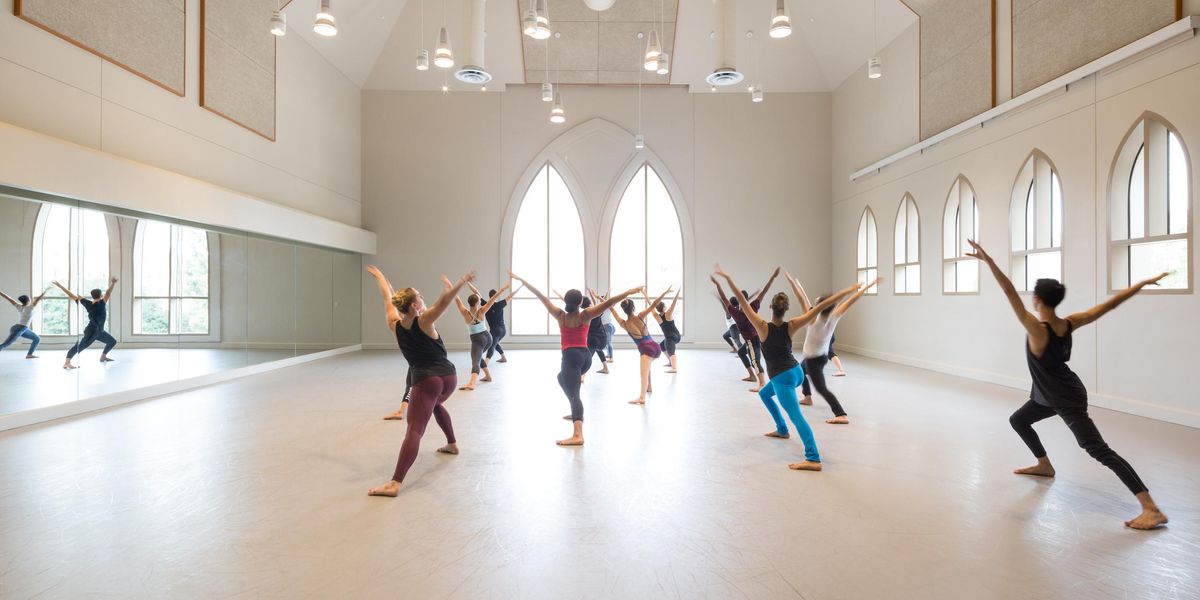Tanztheater Wuppertal Pina Bausch
…como el musguito en la piedra, ay si, si, si (like moss on a stone)
Brooklyn Academy of Music
Howard Gilman Opera House
October 18–27, 2012
Performance reviewed: Oct. 19
The dreamlike environments, absurd seduction rituals, and gorgeous dancing are all reasons to see Pina Bausch’s work. This piece, made in Santiago, Chile, as the last of the World Cities series (which we reviewed here when the entire marathon was produced at the Cultural Olympiad in July) was also the last one she made before her death in 2009. It is not as harrowing as her best work, but it is still to be treasured.
In some of her pieces, you remember the dancers more than any single scene. Here we have the luscious Anna Wehsarg, who blithely keeps applying makeup under a downpour of water; Rainer Behr, that compact guy who’s always dashing around with great and mysterious intention; Ditta Miranda Jasjfi, the tiny Malaysian woman who sometimes appears as light as a doll, but also can dance furiously; and Pablo Aran Gimeno, the most expansive mover, with a rock-star head of hair. The Brazilian Morena Nascimento, who uses her voice like a caress, can morph from a proper lady to a savage animal. And always, always, there’s Dominique Mercy, whose slight sag in the chest makes him the heartbreakingly sad clown of the group. (He is also a co-leader in the post-Pina era.)
That said, there were delightful moments, like when a man pours a glass of water for Jesjfi, but instead of letting her take a sip, he lifts her, as though she were an extension of the glass, to the exact angle so that the water goes into his mouth.
Damiano Ottavio Bigi, Rainer Behr, and Morena Nascimento.
All photos by Stephanie Berger, Courtesy BAM.
The role of women as happy servers, or elegantly passive players in male fantasies, is not politically correct. But women get to use men as sex objects too: Nascimento orders two men to take their shirts off and exercise so she can drape herself over them (shades of Jane Russell flirting with a roomful of scantily clad gymnasts in Gentlemen Prefer Blondes). Bausch has definitely ushered in a new, witty kind of sexy, helped by her costumer Marion Cito, who designs all those slinky dresses.
The dancers join sensuousness to deep body awareness. When the women arch way back and open their hands to let rocks fall out, there’s pleasure in moving slowly, pleasure in letting go.
Peter Pabst’s set designs are always a big part of Bausch’s pieces. In …como el musguito, the floor cracks into segments and knits back together seamlessly several times during the evening. It has no clear relation to the dance, so it’s only subliminally noticed.
I felt this work didn’t have the range that some of Bausch’s best works have. The provocative skits and giddy playfulness were there. The physicality of movement in each individual solo was there. The moments of crazy impulse and exhaustion were there. But I missed the really electric, treacherous moments of some of her past work.
It did, however, have an intriguing treatment of memory. The piece opens with Sylvia Farias Heredia kneeling on all fours. When two men pick her up and rush her here and there, she barks like a wounded dog. She gets quiet when they set her down again. Like all Bausch skits, this happens repeatedly. At the end of the evening the image returns after a wrap-up of a few other recognizable actions from earlier in the piece. For instance we again see Behr tearing back and forth across the stage, with Mercy grabbing Behr’s jacket trying to keep up (or to stop him). When you see these repeats, you know it’s a recap, a sort of reeling backward through the events. And when it gets to the opening image of Heredia on all fours, we realize we don’t need to see the actual yelping again because we can re-run it in our minds. It’s a gift of memory that Bausch left us.
The company.
Pictured at top: Anna Wehsarg and Rainer Behr
.




